
Privacy statement: Your privacy is very important to Us. Our company promises not to disclose your personal information to any external company with out your explicit permission.
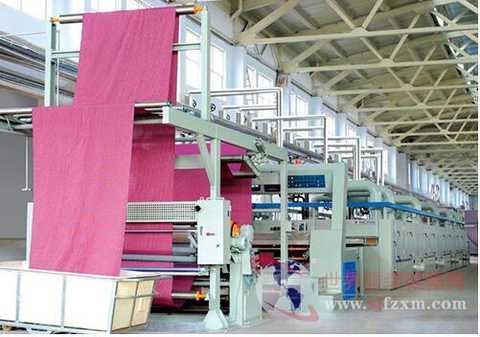
Faced with this information, the printing and dyeing practitioners have said that the year 2016, which is thought to be sad, is coming to an end. It seems that the mood of “blue skinny, mushrooms” will continue until 2017, because environmental supervision, mandatory shutdown, pollution penalty is bound to be Become the norm in 2017.
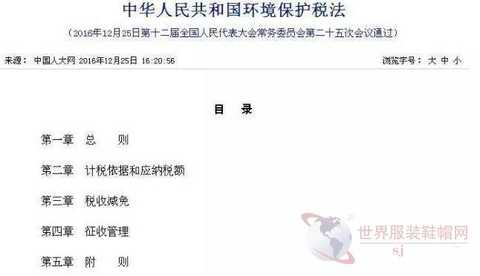
According to the World Apparel and Footwear Network, the environmental protection tax law passed this time will force enterprises to reduce emissions from tax leverage. It is reported that in accordance with the legislative principle, the environmental protection tax is a “tax shift”, from the “transfer” of sewage charges to the environmental protection tax, which is consistent with the current sewage charges. The objects of collection are air pollutants, water pollutants, solid waste and noise.
Wang Qing, deputy director of the Economic Law Office of the Law Committee of the Standing Committee of the National People's Congress, said that there are two main differences in environmental protection laws compared to the previous sewage charge system. The first is to stipulate the tax amount of air pollutants and water pollutants. Within 10 times, the atmospheric pollutants are 1.2~12 yuan per pollution equivalent, and the water pollutants are 1.4~14 yuan per pollution equivalent. The second is to increase the tax reduction and exemption according to the emission reduction range, that is, if the taxpayer emits taxable atmospheric pollutants or water pollutants whose concentration value is lower than the specified standard by 30%, the environmental protection tax shall be levied at 75%.
It is worth noting that, compared with the original sewage charges, the environmental protection tax law has increased a tax reduction concession while the elements of tax collection, taxation basis, and tax standards remain unchanged. The current system tax reduction offer has only one file, that is, if the taxpayer emits taxable atmospheric pollutants or water pollutants whose concentration value is lower than 50% of the prescribed standard, the environmental protection tax will be halved; to encourage enterprises to reduce pollutant emissions, environmental protection Addition of tax law: If the taxpayer discharges taxable atmospheric pollutants or water pollutants whose concentration value is lower than 30% of the prescribed standard, the environmental protection tax shall be levied at 75%. To put it simply, it means that enterprises pay more taxes on multiple pollutant discharges, and they can enjoy tax reductions and exemptions, thus forcing enterprises to actively pursue energy conservation and emission reduction, increase environmental protection investment, improve technical level, eliminate backward production capacity, realize economic restructuring, and reduce emissions. .
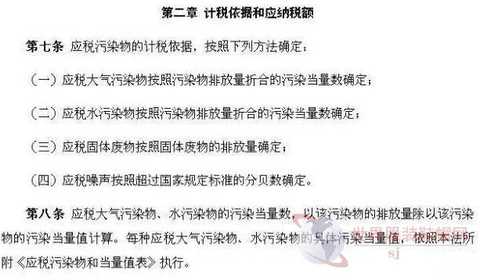
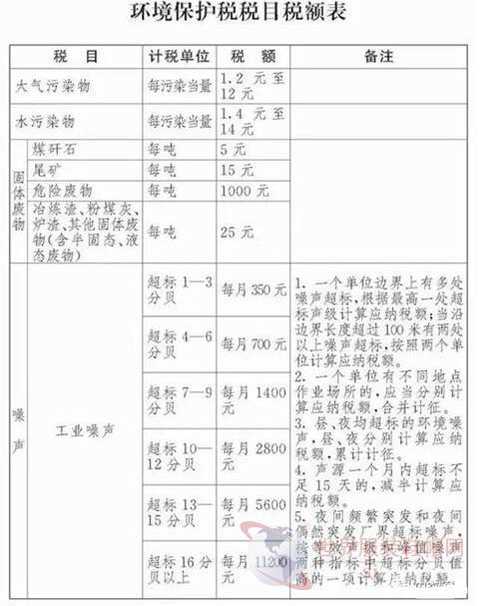
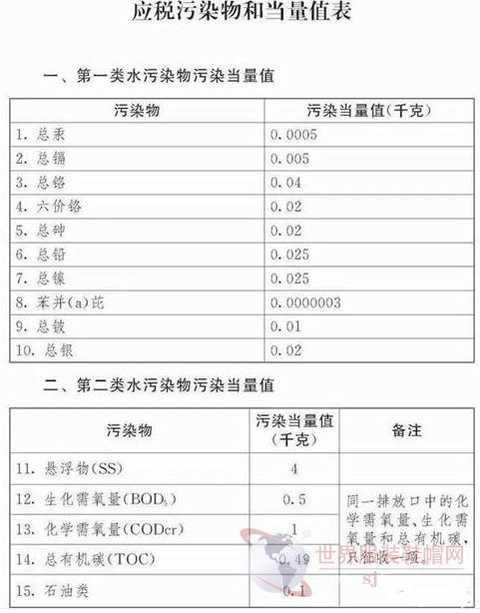
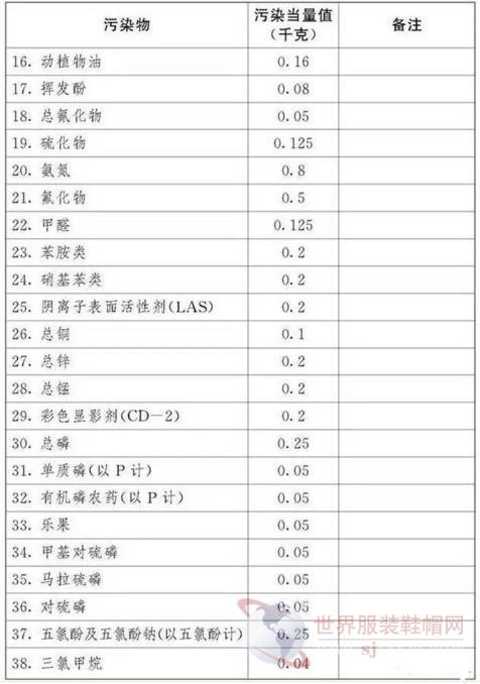
On the road of structural adjustment and elimination of backward production capacity, the industry will definitely suffer, especially the small and medium-sized enterprises will be dealt a fatal blow; in addition, printing and dyeing enterprises will shut down and limit production, and then the dyeing fee will increase, and the price of fabrics will rise. A series of issues in the textile industry.
Looking back on 2016, the printing and dyeing industry has already faced a lot of tests:
The State Council successively issued the "Water Pollution Prevention Action Plan" and the "Notice on Printing and Distributing the "13th Five-Year Plan" Ecological Environmental Protection Plan".
Local governments have also issued pollution control measures and frequently pressure local enterprises.
Shaoxing, Zhejiang
The local government issued the "Work Plan for Accelerating the Improvement of Printing and Dyeing Industry to Promote Ecological Environment Optimization" and proposed to establish local standards for the printing and dyeing industry before the end of March this year, forcing enterprises to upgrade their files. Before the end of 2017, all printing and dyeing enterprises will be relocated to the gathering area or upgraded locally. Subsequently, 64 printing and dyeing enterprises were shut down and rectified. At the end of March, Shaoxing introduced the latest standards for the printing and dyeing industry. At that time, it was called the most stringent printing standard in history.
Xiaoshan, Hangzhou, Zhejiang
This year, Xiaoshan issued the “13th Five-Year Plan for Industrial Pollution Prevention and Control in Xiaoshan District”. Before the end of the year, it is planned to close 370 polluting enterprises, and 1,628 enterprises will be rectified, and there are not many printing and dyeing enterprises involved.
Subsequently, the “2016 Millennium Enterprise Transformation and Upgrade Project (First Batch)” was released. For the first time this year, Xiaoshan was required to deal with “zombie enterprises”, and 35 “zombie enterprises” listed in the scope of treatment were concentrated in traditional industries such as textile printing and dyeing.
In addition, during the G20 summit, the surrounding factories were shut down for about half a month.
Beilun, Ningbo, Zhejiang
There are 19 industrial enterprises in Beilun District of Ningbo, involving three major industries, such as printing and dyeing. The annual wastewater discharge is 17.65 million tons. As a pilot, the company adopted the “enterprise pretreatment + centralized management of emissions” model, and the way in which polluting enterprises and pollution control enterprises cooperated voluntarily, and the pollution control standards were formulated by the government.
Wuxing, Huzhou, Zhejiang
In the South Taihu High-tech Zone in Wuxing District, the sand washing and printing industrial park with a total investment of 1 billion yuan has been launched in the first phase, and has absorbed 19 sand washing and 171 printing enterprises. At the same time, nearly 200 printing companies around it were shut down and banned. According to estimates, after the sand washing and printing enterprises gather in the park, due to the centralized treatment of sewage, the annual sewage reduction can be 177,000 tons, the COD emission is reduced by 32 tons, and the ammonia nitrogen emission is reduced by 5.5 tons, which greatly reduces the pollution of the river network. Object.
Zhejiang Jiaxing Tongxiang
Tongxiang City issued the "Tongxiang City Printing and Dyeing and Papermaking and Leather Industry Chemicals Long-term Management Measures", which stipulates that Tongxiang City's printing and dyeing projects must strictly implement the "Zhejiang Printing, Dyeing, Paper, Leather and Chemical Industry and Other Industry Improvement Programs". The "Measures" require that new printing, dyeing and chemical enterprises that have been built, expanded or rebuilt must meet the requirements of the "Technical Equipment" such as the "Program" and accelerate the development and application of new technologies, new equipment and new technologies, so that the technological equipment technology can reach advanced levels.
Nanning, Guangxi
The Nanning Environmental Protection Bureau issued the “Nanning 2015 Water Pollution Prevention and Control Implementation Work Plan”. In response to industrial water pollution, Nanning will comprehensively inspect small industrial enterprises with low equipment levels, poor environmental protection facilities, and unsatisfactory compliance, and ban non-compliance with national industrial policies. Small-scale papermaking, tanning, printing and dyeing, and other production projects that seriously pollute the water environment.
In addition, since the end of last year, the Central Environmental Protection Inspector Group has penetrated the localities and set off environmental storms everywhere. On December 28th, the environmental protection supervision work carried out by the Central Fourth Environmental Protection Supervision Team in Guangdong Province has just ended. The inspections caused by the printing and dyeing enterprises to stop production and the Zhaoqing, Huizhou, Guangzhou, Dongguan, Qingyuan, Foshan and other regions. During this period, many enterprises issued notices of suspension of production and rectification, and some enterprises simply prematurely took holidays in the name of the Spring Festival.
Despite this, in the face of the introduction of environmental tax laws, companies do not have to be pessimistic about 2017. In the face of more and more powerful means of pollution control, printing and dyeing enterprises have been difficult to renew and may be lucky. Improving technology not only reduces emissions, but also saves a lot of costs for enterprises. In the long run, the pain is temporary.
2017 forecast:
Digital printing further industrialization
The printing mode combining digital technology and traditional printing technology meets the needs of complex flower-shaped printing and has the same realistic and gradual advantages as the digital flower shape. It has changed the printing and dyeing industry “high energy consumption, high pollution, high emission, low additional The situation of "value" helps the transformation and upgrading of China's dyeing and finishing industry. Taking Shenghong Group as an example, at the beginning of this year, the company won the “2013 National Key New Product Plan Project” and “2013 China Textile Industry Federation Science and Technology Progress Third Prize” by virtue of “Textile Digital Machine Printing and Industrialization Technology”. Block national medals. The successful research and development of this scientific research has not only raised the printing technology to a new height, but also filled the gap in the domestic printing and dyeing industry, and the company has won new development space.
More companies are making efforts in the finishing of printing and dyeing.
When other companies are uncomfortable crying, some enterprises have taken the lead in actively eliminating backward production capacity, saving energy and reducing emissions. The “rapid catalytic method” developed by Suzhou Hongyu Energy Saving and Emission Reduction Engineering Co., Ltd. can achieve the reuse rate of water. More than 70% have been promoted and used in 10 printing and dyeing enterprises in Jiangsu, which has become the key to promoting transformation and upgrading. The company and Southeast University have jointly coordinated four problems of “alkali agent adjustment in the process of decolorization”, “interference of iron ions in water reuse”, “excessive ionic strength, excessive salt” and “contamination of COD and other pollutants” to realize the water Efficient use of. It is understood that the use of this technology can achieve multiple effects such as technology upgrade, cost saving, energy saving and emission reduction in terms of investment cost, equipment operation, production and operation.
For more exciting reports, please pay attention to the world clothing and footwear network.
Author:
Mr. seven.li
Phone/WhatsApp:
+8618105853808
इस आपूर्तिकर्ता को ईमेल
Author:
Mr. seven.li
Phone/WhatsApp:
+8618105853808

Privacy statement: Your privacy is very important to Us. Our company promises not to disclose your personal information to any external company with out your explicit permission.

Fill in more information so that we can get in touch with you faster
Privacy statement: Your privacy is very important to Us. Our company promises not to disclose your personal information to any external company with out your explicit permission.